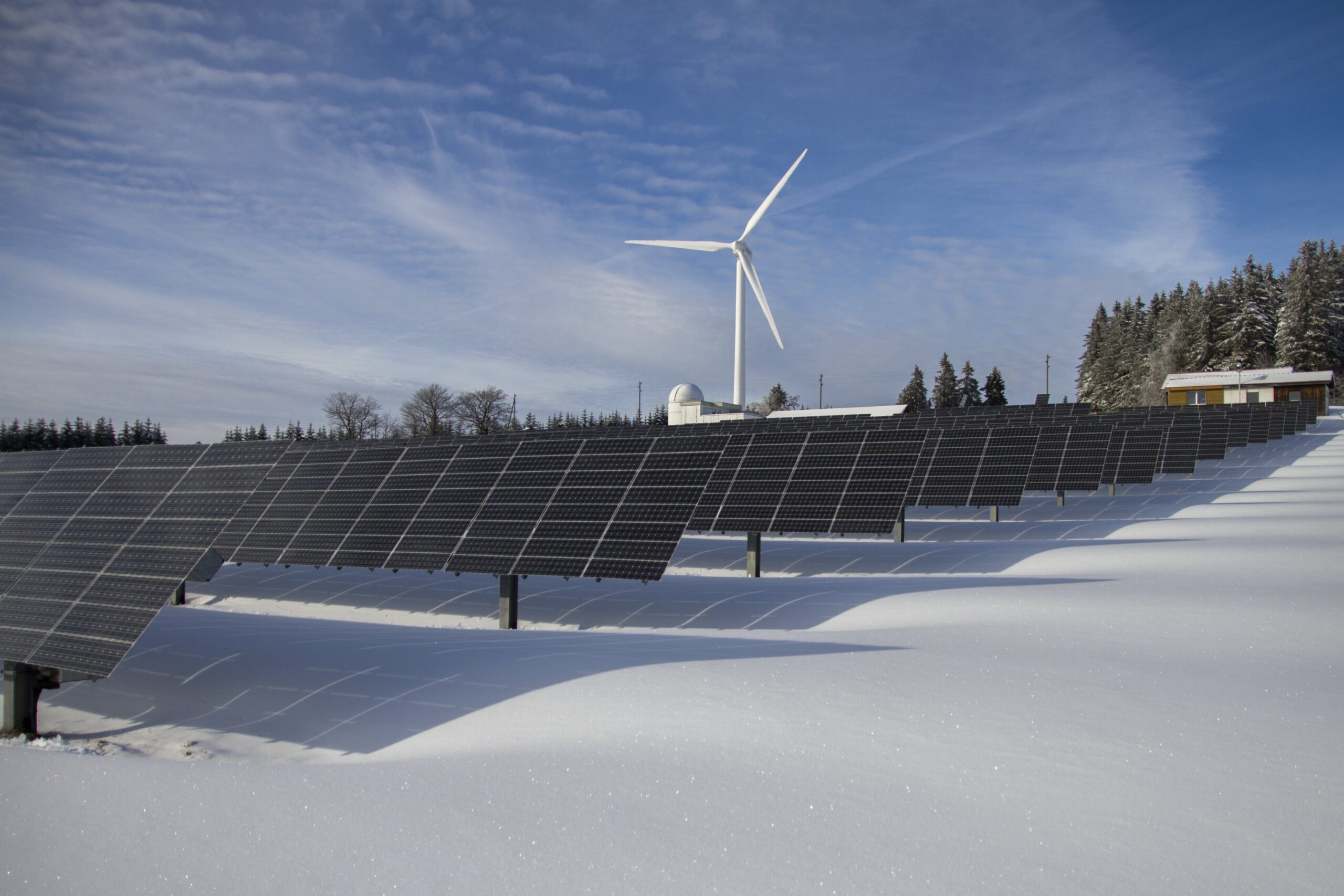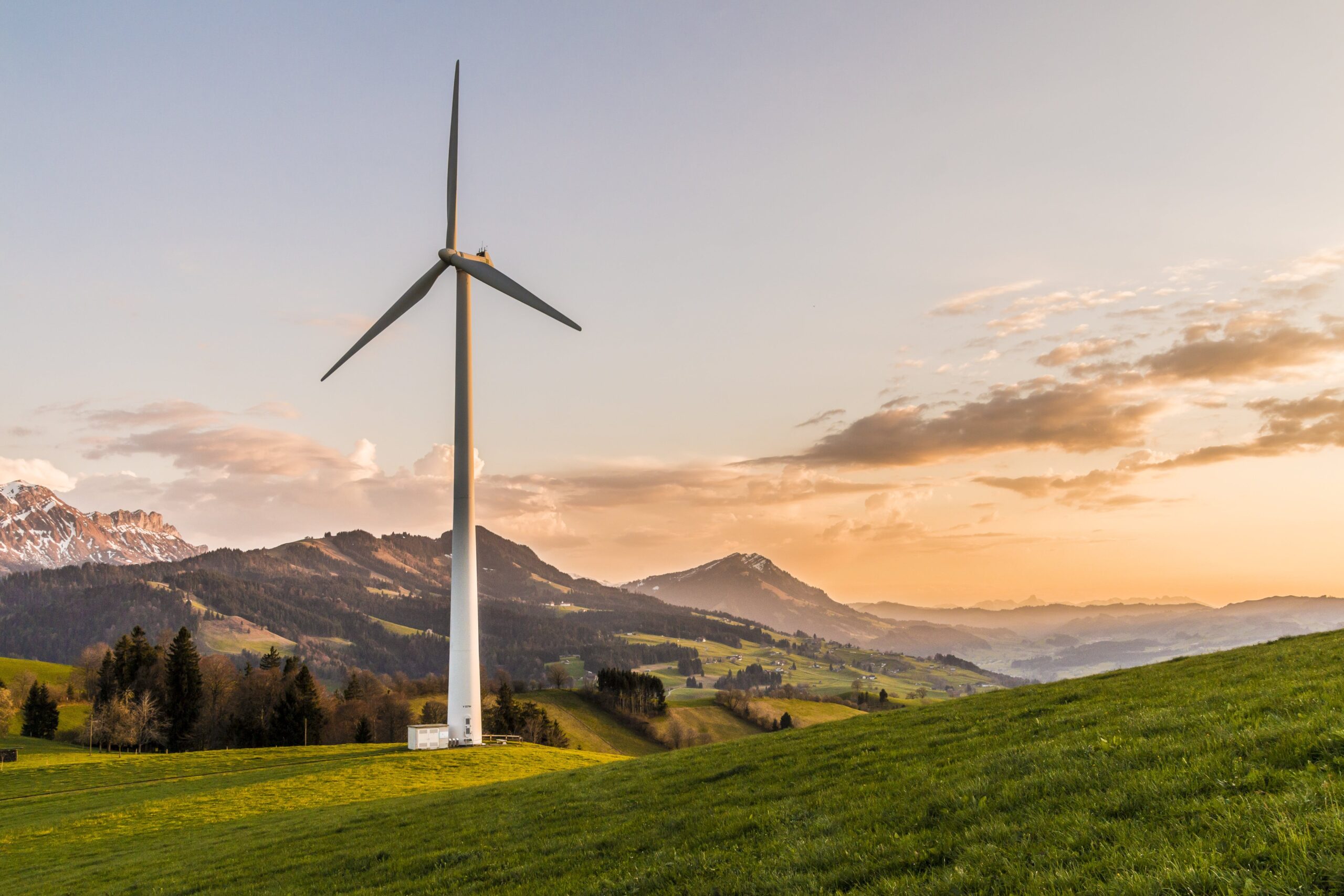
According to the Environmental and Energy Study Institute, 80% of the world’s energy consumption in the year 2020 was from fossil fuels. Fossil fuels, namely, oil, and natural gas, are fuel sources that formed millions of years ago and have decomposed deep underground. If you should know anything about fossil fuels though, it should be that using them releases carbon and other greenhouse gases into the atmosphere, which is the leading cause for climate change.
Luckily, we can avoid over reliance on fossil fuels by using alternative energy sources– enter Renewable Energy. As its name suggests, Renewable Energy refers to energy sources that are produced faster than they are used. In other words, the sources that we rely on for this energy are able to renew their supply thus making them more sustainable and better for the environment. Also, unlike fossil fuels that release pollutants into the air, Renewable Energy sources are completely clean! There are currently many types of Renewable Energy, but today let’s learn about the three most popular types: Solar, Wind, and Hydroelectric Energy.
Solar

If you’ve ever had a calculator that had 2-way power, chances are you’ve already used solar power before! Solar power comes from sunlight, which is typically collected through the use of solar panels. You might see solar panels which look blue and glass-like on the roofs of newer buildings. These panels are made of PV or photovoltaic cells which are made of materials, like silicon for example, that generate an electric charge when exposed to light, producing energy for the building. Although solar power is one of the most popular forms of Renewable Energy, it does have the limitation of needing a clear sunny day in order to work which makes it slightly less consistent.
Wind

Have you ever seen a windmill on a farm before? These structures, which traditionally used rotational power from the wind to process grains, use the same logic that wind energy uses today. Wind energy involves building large fan-like structures over flat land that are then powered by the wind. These structures are connected to power grids that collect the generated energy. Because wind energy is variable, it requires storage in order to keep the electricity running even on less windy days. Wind generation tends to be better at nighttime and it is often paired with solar power to account for less sunny seasons like winter.
Hydroelectric

2,000 years ago, the people of ancient Greece were already using our third type of Renewable Energy- hydropower. Hydropower or hydroelectric power, refers to the energy generated by the flow and movement of bodies of water like lakes and waterfalls. The electricity is generated through the use of turbines that are pushed by the water, effectively converting the flowing water’s kinetic or gravitational energy into electric power. Although hydropower is considered to be a clean and sustainable source of energy, it does require the presence of a river, waterfall, or other body of water. This makes it more suitable for some places, but impossible for others.
Conclusion
The technological advances that have led to Renewable Energy sources are surely an exciting and promising solution to some major issues of the climate crisis. Though there are limitations to these sources, if we use strategies like pairing certain forms of Renewable Energy sources together, we can slowly but surely transition into an era of clean energy. Some companies have started to offer homes and buildings which include clean energy sources like solar panels, although these remain to be rather pricey investments. But worry not because you can also help support this cause by looking into your local government’s plans regarding energy generation and supporting organisations that advocate for Renewable Energy!
Which source of Renewable Energy do you find most promising? Share this article with a friend and get other people talking about the clean energy transition. And don’t forget to check out the rest of our blog here, and our official accounts on Facebook, Instagram, and YouTube.





